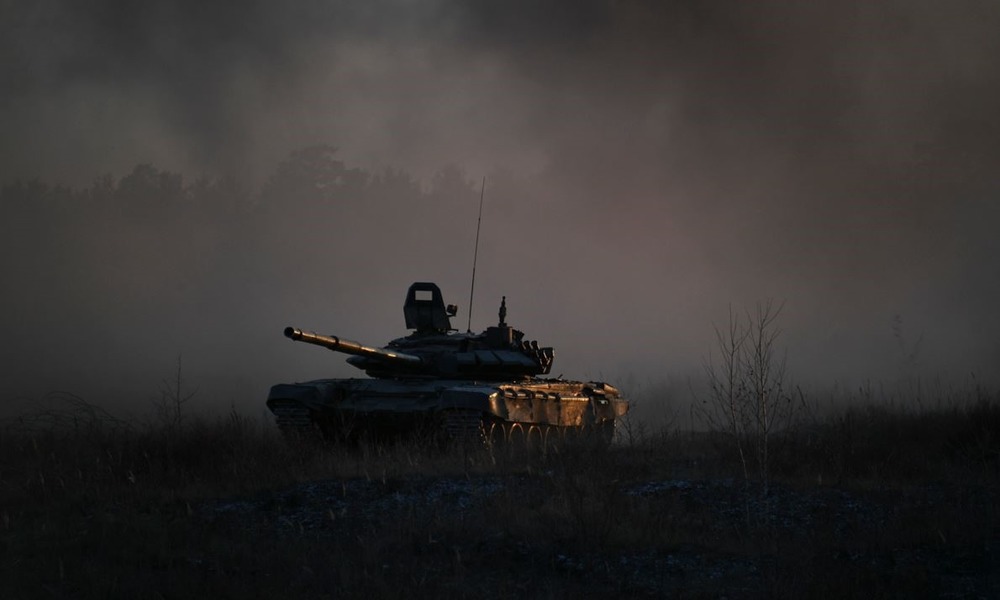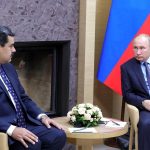RUSSIA MONITOR
Date: 28 January 2019
Russia Deploys Tanks to Kaliningrad Exclave
After the recent meeting of the NATO-Russia Council, which turned out unsuccessful for Moscow, Russian media reported that several dozens of tanks had been deployed to the Baltic exclave of Kaliningrad in the vicinity of the Polish border. Militarily, this does not introduce many changes to existing the balance of power. More importantly, it is all about the political aspect as Moscow is trying its best to exert pressure on Western countries, preventing them from strengthening NATO’s eastern flank. Naturally, the Kremlin maintains that Russian forces reacted to the West’s armament developments.

Therefore Russia’s intention to boost its military potential in the exclave does not come as a surprise as such undertakings have been on for quite a long time. Russia’s westernmost exclave is of crucial strategic importance as it is tasked with increasing the range of Russian arms against NATO while serving as the first major defense barrier. Further, the region weakens the Alliance’s position in the Baltic Sea and to a great extent isolates the three Baltic States from their allies. The core of Russian ground units deployed to the exclave is the 11th Army Corps, a military unit established back in 2016 as part of Russia’s Baltic Fleet. Its composition includes the 152nd Guards Rocket Brigade, the 244th Guards Artillery Brigade, the 22nd Anti-Aircraft Rocket Regiment, the 7th Guards Motor Rifle Regiment, and the 79th Guards Motor Rifle Brigade, the last of which was provided with a tank battalion consisting of around 40 fighting vehicles. According to a recent report from Russia, there have been deployed twice – or even three times– as many tanks.
Russian Defense Ministry informed on January 11 that Kaliningrad’s 11th Army Corps received over 30 T-72B tanks. As announced, the Kaliningrad units are currently awaiting yet another a batch of 30 identical vehicles. This information passed completely unnoticed, though. The NATO-Russia Council meeting was held on January 25 in Brussels, yet it failed to result with any agreement or political rapprochement, especially those related to the INF Treaty and further strengthening of NATO’s eastern flank as the latter issue was raised mostly by the Russian side. The following day, the Interfax-AWN agency reported that the 11th Army Corps was provided with a tank regiment deployed to the Kaliningrad town of Gusev, quoting an anonymous source in the Russian army as saying. Such a unit may welcome between 70 and 100 tanks, depending on its overall structure. Such information was published on Saturday, thus forcing most mainstream media to publicize the topic only after the weekend. This was done by Nezavisimaya Gazeta, according to which up to 90 additional battle tanks might have been fielded to the exclave, though the Russian Defense Ministry had previously informed about 60 fighting vehicles. The article clearly emerged as a political order thus fitting into the Kremlin’s narrative. Russia, which is threatened by Poland’s deployed NATO armored forces, thus needs to expand its defense capabilities. Not only does the newspaper menace Russian readers with the Fort Trump military facilities but also with intentions to form Poland’s 18th Guards Mechanized Division. Generally, it depicts a threatening vision according to which NATO’s “armored fist” consisting of 2,000 tanks may eventually be sent to the Polish territory. The newspaper reported also about tank exercises in the Kaliningrad Oblast; interestingly, such information was published on the same day as the previously mentioned press release.
This issue is first and foremost underpinned by both political and propaganda significance. Theoretically, a new armored unit in the Kaliningrad town of Gusev may pose a threat to the so-called “Suwalki Corridor”, a narrow strip of territory linking Poland with Lithuania. Gusev is located approximately 30 kilometers far from the Polish and Lithuanian borders. That said, Russian combat forces deployed to the Russian exclave face primarily defensive tasks. The Kaliningrad Oblast is expected to play the role of the so-called air bubble in line with A2/AD strategy, with extremely important missile batteries and radio electronic warfare systems deployed therein.
All texts published by the Warsaw Institute Foundation may be disseminated on the condition that their origin is credited. Images may not be used without permission.














